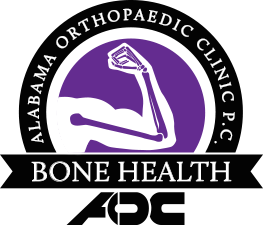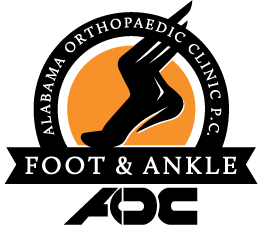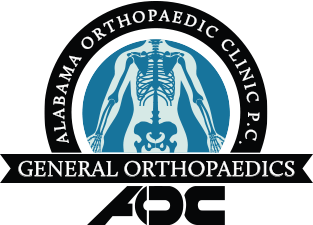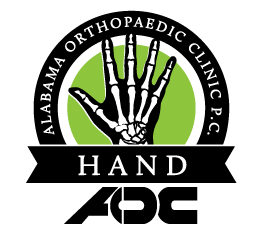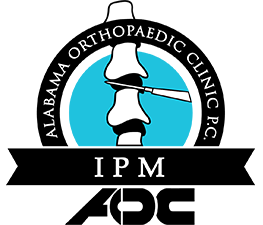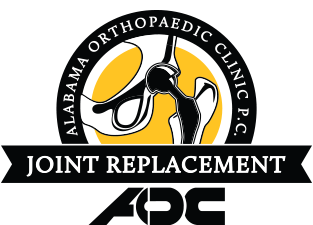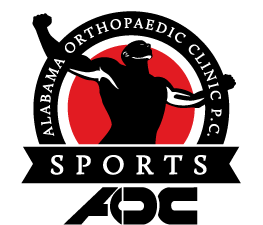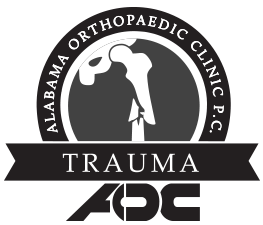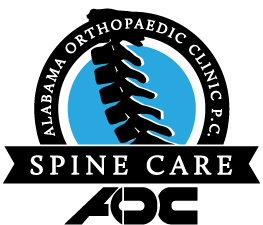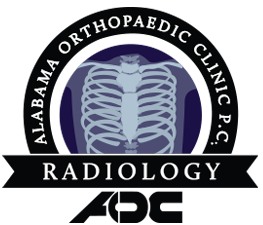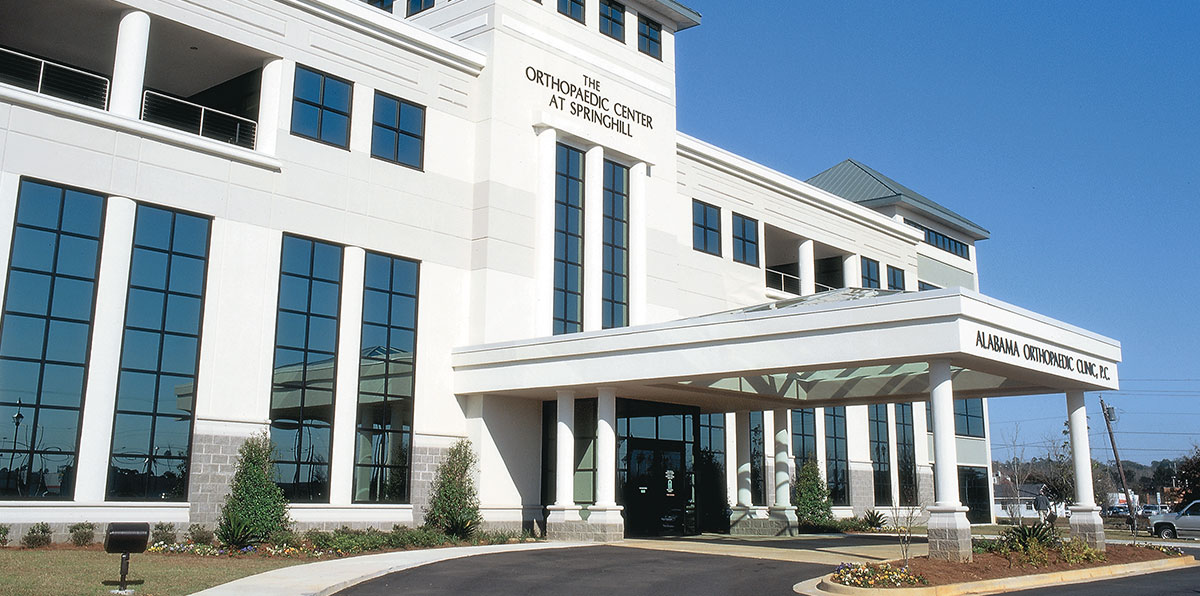News & Events
The Difference In Shoulder Separations and Shoulder Dislocations
A shoulder separation is often confused with a shoulder dislocation.
A shoulder separation is technically an injury to the acromioclavicular joint. This joint is located at the top of the shoulder just under the skin and is often a visible bump in thin individuals. A shoulder separation or AC injury occurs as a result of a direct blow to the top of the shoulder such as might be experienced by an athlete during a shoulder tackle in football or a fall onto the top of the shoulder. The ligaments that support the AC joint may be sprained or completely torn resulting in varying degrees of pain and disability. While the AC joint only moves about 10 degrees with complete motion of the shoulder, when injured it can cause a tremendous amount of pain. The athlete will have tenderness over the point of the shoulder. Because the joint is just under the skin, if all supporting ligaments are torn the end of the clavicle may actually tent up the skin making the diagnosis obvious. Lower grades of AC injury may require only a short period of rest followed by progressive return to activity. Higher grade injuries may require arthroscopic surgery to stabilize the joint and prevent chronic pain.
A shoulder dislocation usually refers to a dislocation of the glenohumeral or ball and socket joint of the shoulder. This injury results from the arm being bent or pulled back beyond the limits of the ligaments that stabilize it. Once the ball slips out of the socket, it may not go back in on its own and a closed reduction may be required by a trained professional. Once back in place, an MRI will be required to assess the damage. A Bankart injury to the ligaments and labrum of the shoulder is often found which requires surgical repair in younger individuals. Some older individuals and those with ligamentous laxity (“double-jointed”) may be treated without surgery at least initially.
- < Back
- |















